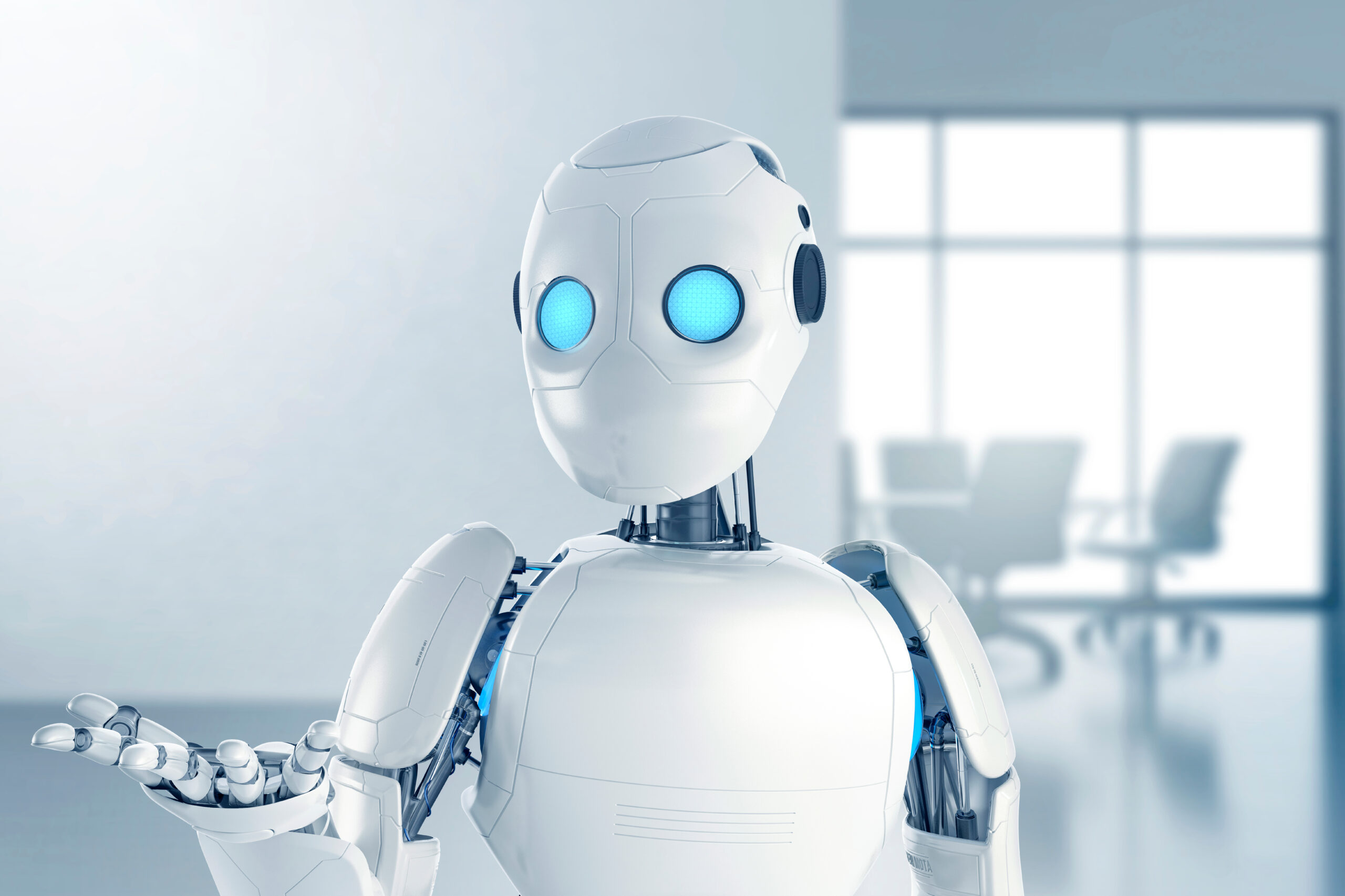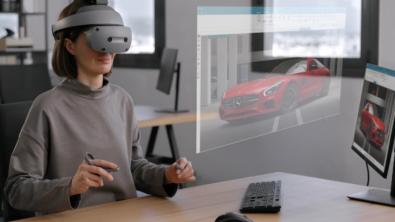Breaking the barriers between human and robot

AI technology is rapidly maturing. Every new product has some level of AI integration. The pace of AI innovation is impressive, and many businesses hope to keep pace as consumer expectations rise. In the same vein, AI on the shop floor has brought a wealth of benefits and advantages to manufacturers.
Factories that have incorporated AI have seen the language barrier between human workers and industrial robots removed. Mainly, AI helps improve safety, reliability, and trustworthiness. Usually, 80% of problems on the shop floor go unreported. Leveraging human simulate AI, problem reporting becomes simpler.
Meanwhile, on the engineering and programming side, manufacturers can notably reduce the cost of robots by programming them using Co-Pilot. Today, 75% of the cost of the robot is in the application programming. With hardware no longer a factor when using Co-Pilot, engineers can increase the flexibility and applicability of robots without vendor-specific robot expertise. Additionally, organizations can use AI to automate some planning tasks and overall better aid the human worker.
Ensuring that human workers and robots can properly communicate is key to laying the steppingstones to a self-sufficient smart factory; but what if the humans themselves were robots?
Science fiction or science feasible?
In 2024, some of the most hyped stories were about humanoid robots. Vendors across industries have used humanoid robots in differing capacities as advanced robotics technology continues maturing. However, many are skeptical about how and when they will be implemented on the manufacturing floor.
The feasibility of robots seems implausible; but as operating costs skyrocket and labor shortages exacerbate, the addition of humanoid robots would be an incredible boon. Humanoid manufacturers like to zero in especially on the availability of human workers with the skills to work on the shop floor. And having a general-purpose automation solution like a humanoid looks on paper to be a viable solution to the labor availability problem.
We at Siemens are monitoring advancements in robot engineering closely. The potential for humanoid robots is amazing. As a very popular and high-end technology, general-purpose development of humanoids is leading to breakthroughs in robot engineering. It is likely that these breakthroughs will help the specialized robot development as well. Right now, humanoid robots have 30 degrees of freedom of movement compared to the 240 degrees of a human. Not only that, robots need improvements in perception to be leveraged proficiently in factories. And this all ties back to AI.
AI for automation
Both AI and robotics capabilities are rapidly evolving. AI can aid in automation by automating some tasks while also improving the abilities of robots. Utilizing LLMs and computer vision, manufacturers can more quickly train their robots to be more adaptable. Properly integrating AI into the factory—specifically for robot activities—is the foundation for eventually integrating humanoid robots and tackling ongoing labor shortages.
From our perspective, implementing automation and humanoid robots have to be done “right” to ensure that our customers experience the perfect integration also of humanoids into their industrial automation. They also need to be fast to meet production demand and specialized robots are still likely to be the way forward in most cases. AI needs data to do this. Siemens is in a very unique position because our software brings a lot of data about the systems, but we also run many of the factories in the world with our automation.


